Month: November 2019
How Are The Sewers Designed?
Posted on November 29, 2019 in Blogging Local News
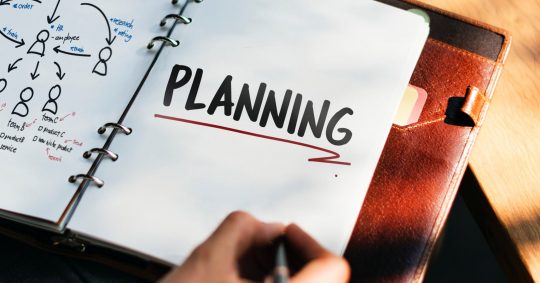
Sewer system designs start with an engineering consultation, which will try to finalise the conceptualization of ideas and produce environmental impact assessments. Usually, engineering consultants forecast the population growth rate of communities that need new sewer systems. Since residents will form a connect of sewer pipes, civil engineers need to plan for wastewater-related emergencies.
A civil engineering group must think about every aspect of the construction process. Along with the ethics of the structure itself, engineers also must consider a bit of land’s capability to handle water flow in the event of a major storm or flooding. Even ancient builders realized that. In fact, as it has been said, the first streets appeared some 3500 years ago, and even these early predecessors to the highway took drainage into consideration. We could see then that drainage mattered to the people of ancient times. And if the people of the past put this into consideration, we should expect that we, equipped with the knowledge that is passed down from the ancient times, to utilise it and develop them into better forms that would further benefit the society.
Water could be the planet’s life force, but it can cause lots of problems if allowed to sit down on sidewalks or roadways. Without proper drainage analysis, a structure runs the danger of flooding, foundational damage, and in worst-case situations erosion and even sinkholes.
Apart from laying new sewer pipes, the old sewer system in your municipality might be due for an upgrade. This reconstruction of the sewer system also needs superior designs that guarantee durability. Here are some techniques that ensure the right design methods of sewer systems.
Types of Sewer Systems
Sewage systems include pipes that transport wastewater from houses, factories, and other buildings to treatment plants. Other components include lateral pipes, outfall, trunk, and sub-main pipes that carry sanitary sewage. Normally, these pipes are different from the types that collect surface runoffs (stormwater) from rainfall. While designing sewer systems, civil engineering professionals consider a range of factors.
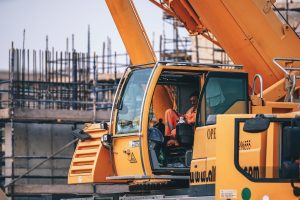
- The Combined Sewer System
In the combined sewer system, both stormwater and sanitary sewage flow through the same pipes. Usually, municipalities discharge sludge from the combined sewage system without proper treatments. Most times, poor town planning methods leave engineers without any alternative to the combined sewage pipe installation. When the roads are too narrow, it might be difficult to install separate sewer pipes for both stormwater and wastewater.
- The Separate Sewer System
In the separate sewer system, one pipe collects storm and roof drain. Another pipe collects wastewater from homes and industries to treatment plants. Normally, the design of stormwater pipes ensures that street wash and surface runoffs flow to lakes and rivers. Also, sanitary sewage gets to the treatment plant through outfall sewer pipes.
Factors That Affect the Design of Sewer Pipes
Before laying sewer pipes, civil engineers consider the distance to the water table, environment factors, temperature, and pressure of wastewater. They also consider how the city’s treatment plant for sludge should be designed before it receives these wastes.
There are more pollutants from industrial wastewater. Since the production of goods might require special raw materials, we expect industrial wastewater to have more pollutants. Since it’s the same sewer system that transports all types of wastewater, civil engineers must consider a range of characteristics.
- The Temperature Factor
The average temperature of wastewater varies between 10 and 20O degrees (Celsius). Since wastewater contains effluents and microbial activities, these chemical reactions will increase the internal temperature of sewer pipes. The atmospheric temperature has a negligible (slight) influence on the temperature inside sewer pipes.
Generally, potable water supply pipes have lower temperatures than sewer pipes. Also, residents use warm water to bath and prepare meals. So, the temperature of wastewater is affected by what the pipes receive and the weather condition of that area.
However, temperature is an important factor in designing wastewater pipes. Engineers often use sewer pipe materials that can handle this range of temperatures. When biochemical reactions increase the temperature of wastewater, it also makes oxygen is less soluble. During the summer months, heat increases the temperature of wastewater pipes and bacteria that produce methane gas. Using the right type of plumbing would also help to avoid problems down the road, which means fewer chances to repair the drains every other month or so.
- The Density Factor
The density of wastewater is an important parameter that influences the design of sewer pipes. Density is calculated by comparing the mass per unit volume of any material (kg/m3). Normally, density currents depend on the concentration of solid particles in the wastewater. Also, treatment plant operators consider this characteristic of wastewater.
Apart from gases (carbon, sulphur, hydrogen, nitrogen, and oxygen), the chemical compounds in wastewater include organic and inorganic matters. The composition of organic matter has fewer filterable solids than its suspended solids. Other organic pollutants in wastewater include fats, proteins, urea, and oils. They form complex structures that increase the density of wastewater and in some cases, may create sewer blockage if these substances accumulate without getting treated.
Venue Hiring for a Huge Corporate Retreat
Posted on November 27, 2019 in Local News
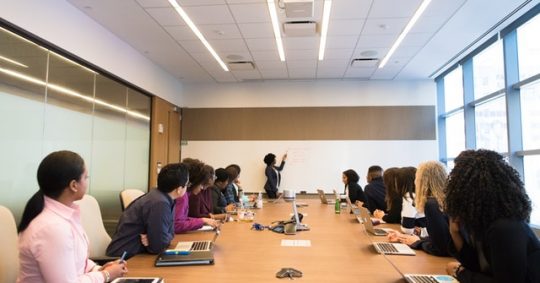
After a productive year, company managements often organize corporate retreats for executives. It’s an event that might require many expenses. However, certain factors like the choice of an event venue can ease financial planning. Before hiring formal venues for corporate events, the planner needs a checklist to ensure customers’ satisfaction.
Usually, event venue hire and selection is stress and a busy period of decision-making can affect the process negatively. The officer manager can ensure a smooth process by setting up a team of employees to assist the event planner. Let’s share some helpful information for your next corporate retreat.
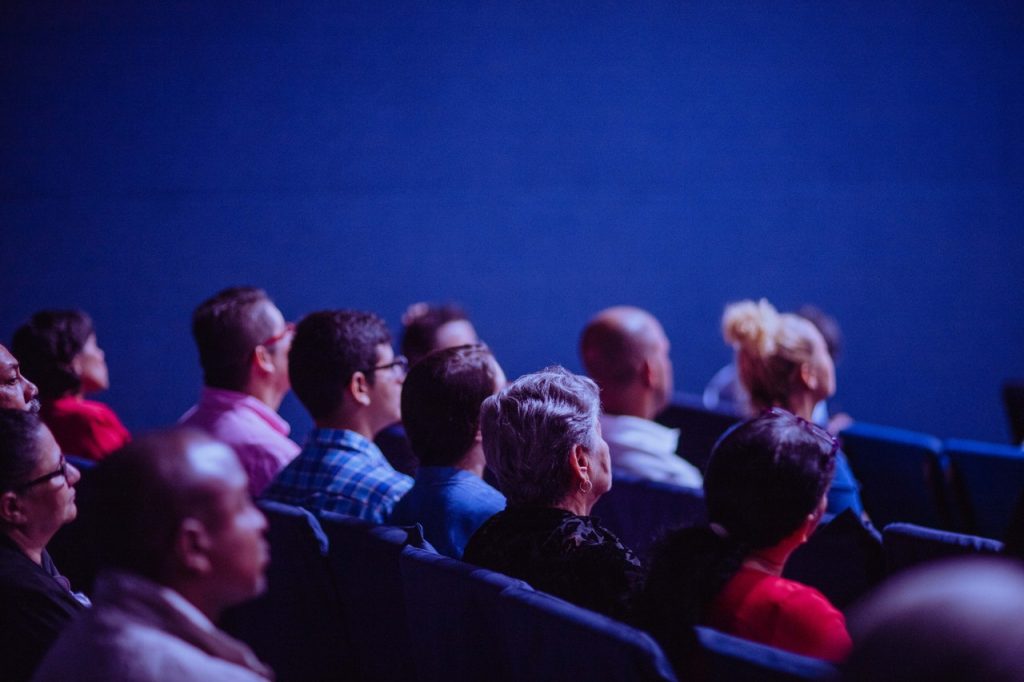
What Options Should You Consider?
Your company can hire an event planner or ask members of staff to find befitting venues for the retreat. If the plan is done by the latter, the organizing team can use these key questions to guide their selection process. Having an event planner case undoubtedly enhance the entire planning process and lead to a grand success with utmost quality. If the budget suits you right, it is always better to hire an event planner so that you can focus entirely on just the business-related matters when the planner can focus on everything starting from the interior layout, bookings, communication with the venue manager, event agenda, etc. This might turn out to be much more time and cost-effective than you planning all of it by yourself which could lead to confusion and possible stress.
Inspect the interior design
Professional corporate settings require the right ambience for every member involved to feel comfortable and have the right mindset to pursue a business deal or a conference. Various types of interior design can have a long-lasting impact on the minds of the involved parties. Layout beginning from sharp corners of a conference room or curved walls, to the distance of the bathroom from the boardroom could actually help determine the success of such an event. Often people wonder what relation would an interior design have on a business conference. Subconsciously, every attendee needs to feel at comfort and for this, their surroundings need to be taken care of. Be sure to confirm with the event or the area manager about the venue specifics to create the right environment as you desire for all your corporate attendees. Be sure to check with the area contractor if they’ve used long-lasting decking oil during renovation or revamp that can truly create an elegant finish to all the furniture within the venue and enhance the corporate ambience. Always remember. it’s not just about the business-related matters the attendees remember and take back home with them.
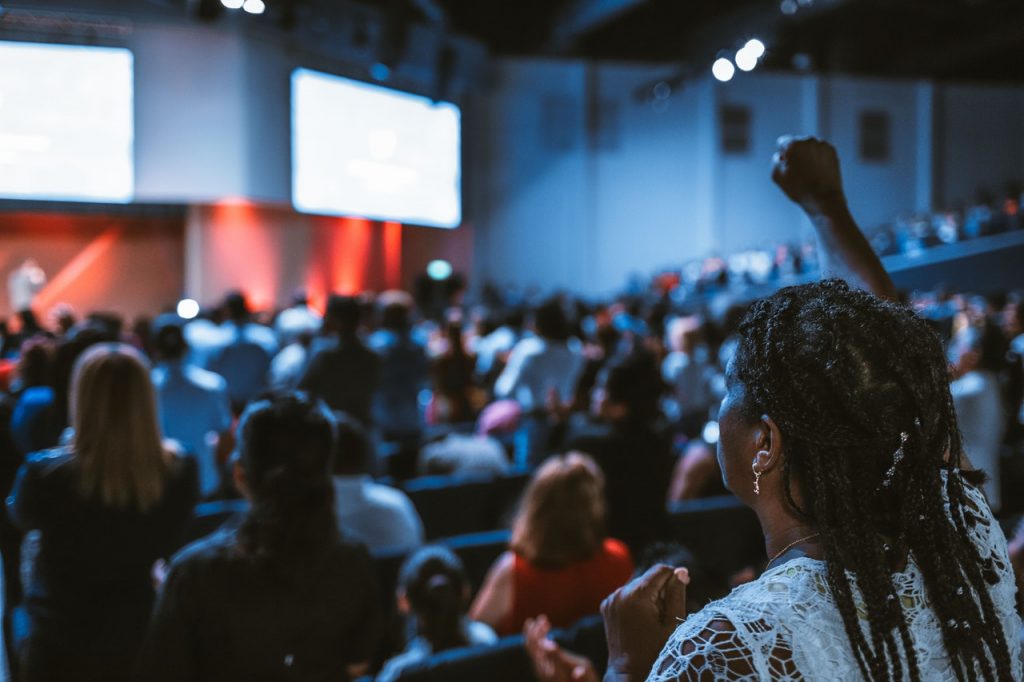
Team Members Should Have a Common Agenda
The team must have ideas of bespoke venue for the corporate retreat because it will be a grand event. Usually, projects that involve planning don’t start with uniform decisions. Team members often describe their ideal locations, and venues differently. However, a member of the team can act as the secretary of the planning committee and document every idea.
After listening to everyone’s opinion, the team’s leader will define these preferences according to their budget. A critical element for planning that every member of this team requires is inter-personal relationship skills.
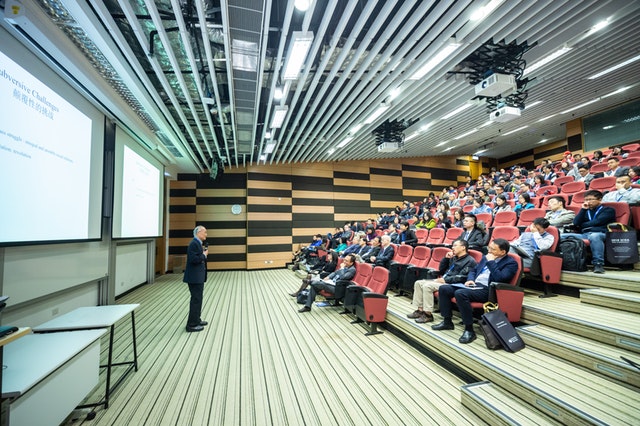
Get an All-Inclusive Package
Normally, corporate retreats for executives help to formulate business strategy and goals. During this event, there will be activities like team-bonding games, exercises, excursions, and parties. After choosing an ideal date for the corporate retreat, it’s ideal the space of the event centre before payment is made. It’s a win-win for the company if the venue has accommodation with good home office chairs and desks so that the executives can choose to complete any pending work they might have with utmost comfort.
A venue with accommodation for participants reduces the cost of transportation during the event. Alternatively, the team can search for hotels with spacious conference halls that have the ideal ergonomic office chair for enhanced comfort, bars, and restaurants. The ideal venue for your retreat must have functional AV equipment, WIFI, and toilets. Other features include computers, projector screens, printers, and HVAC (heating ventilation and air conditioning) systems and additionally have features such as the right professional interior design, comfortable setting, the right timber screens that control the inside temperature and finally a layout that is extremely convenient.
Create a Memorable Retreat
When the venue is easily accessible, attendees will have sufficient time to relax and prepare for the event after their arrival. Ask the facility manager to allow your team to inspect the parking lot. This strategy will help your team to plan for every session of the retreat. Making attendees happy great-tasting meals and memorable moments creates the right atmosphere for corporate events.
At the event centre’s restaurants, attendees can gather for breakout sessions and unwind before the next activity. Before the morning session, serve cups of tea or coffee to keep them mentally alert. Plan dinners and give every attendee a memorable retreat.
Make regular three-course, vegan, and diabetic meals. Also, consider guests with dietary restrictions.
Apart from having their favourite cuisine, everyone deserves to be treated nicely. Depending on your company’s budget, catering and mobile bar services can be arranged at the event’s venue. It shouldn’t be a boring night without spending time at the pub. Introvert guests can help themselves with some karaoke and enjoy the night like everyone.
Additionally, ensure that the guests are at ease at all times by ensuring the venue has comfortable furniture outside the conference halls in the waiting or lounge area for all the breaks and mini rests. Be sure to check with the event manager whether they’ve used good quality exterior furniture stain, or just have a look at it yourself when you’re inspecting the place beforehand.
Internal Communication is Key
Planning as a team requires people with management skills. Team members’ first responsibility is internal communication. There should be influencers in the retreat planning team. To make effective communication with team members, the group’s leader should appoint assistants to track the progress of every plan. Also, event or area contractors need supervision from the corporate client. Since the company’s corporate clients, the team acts in trust for management.






